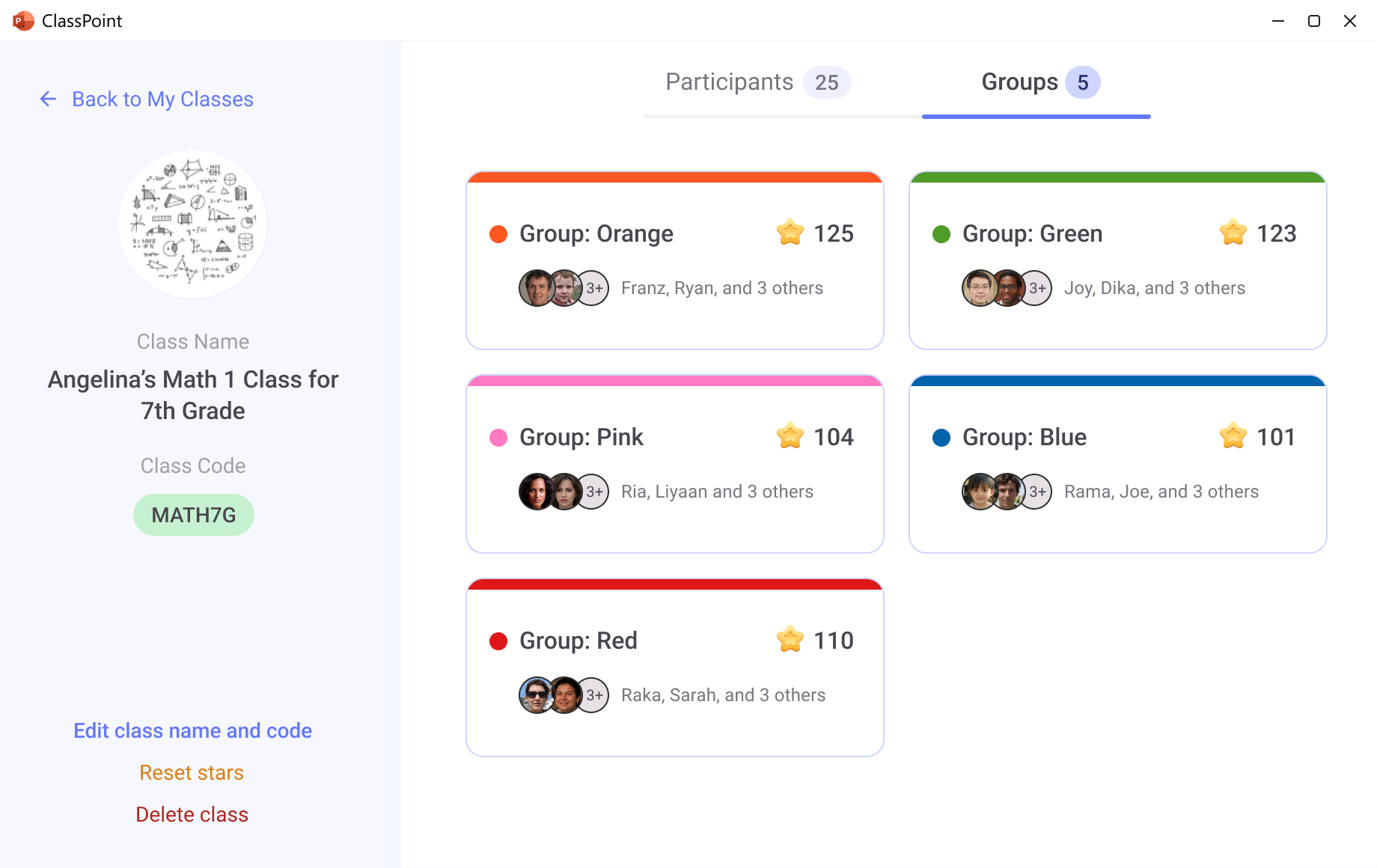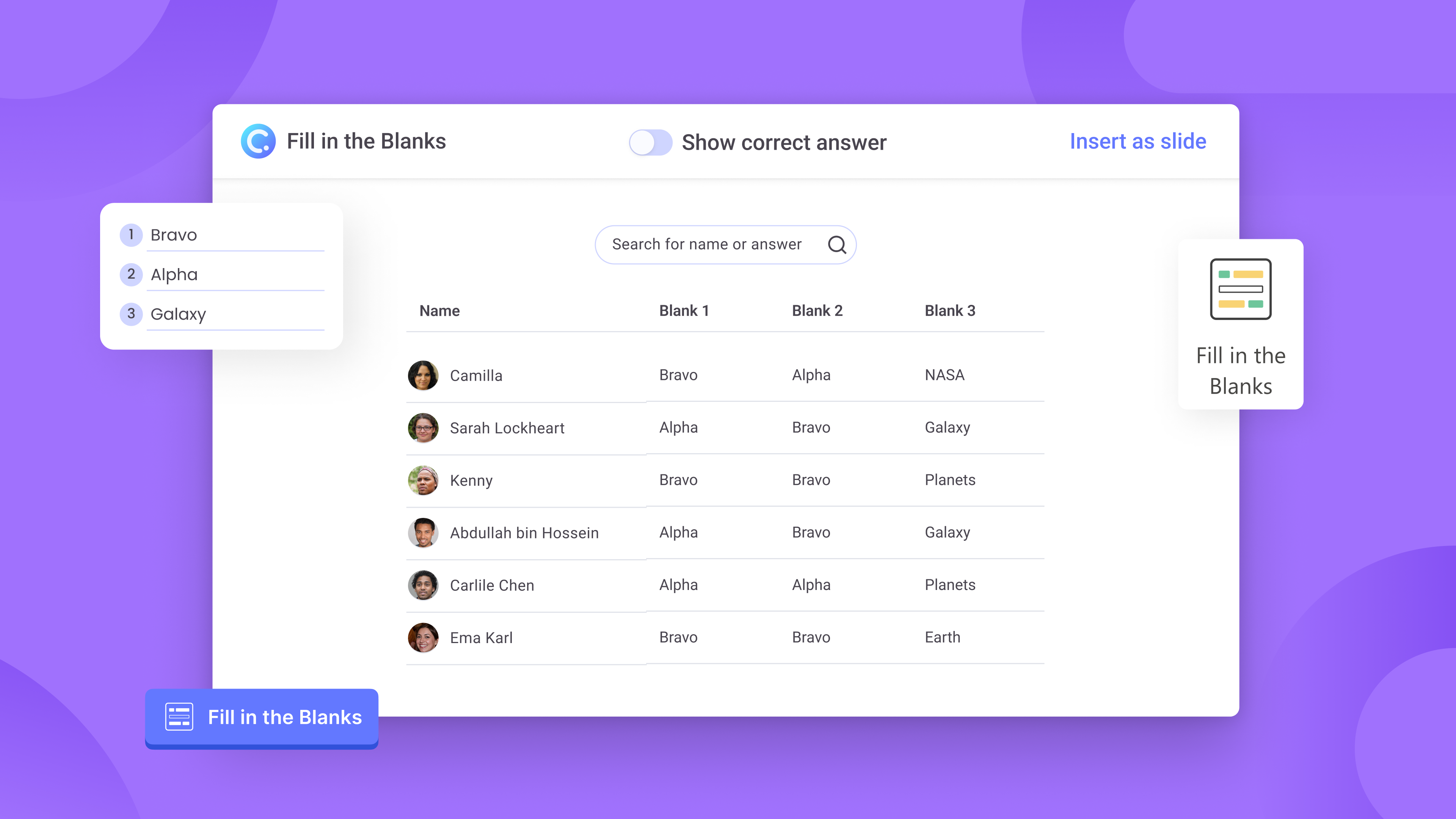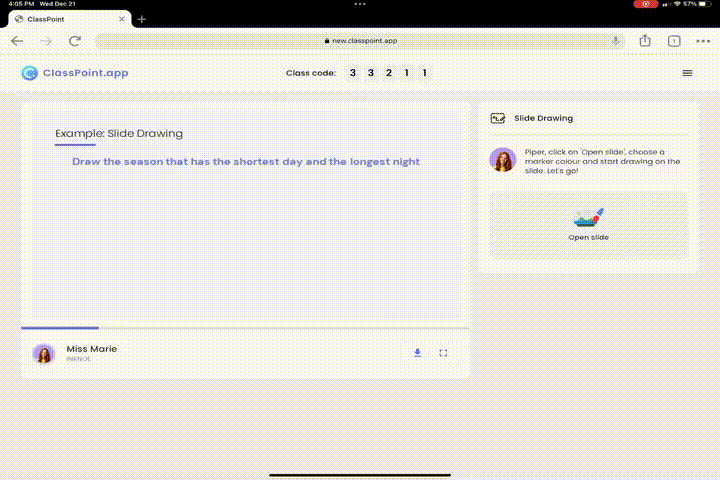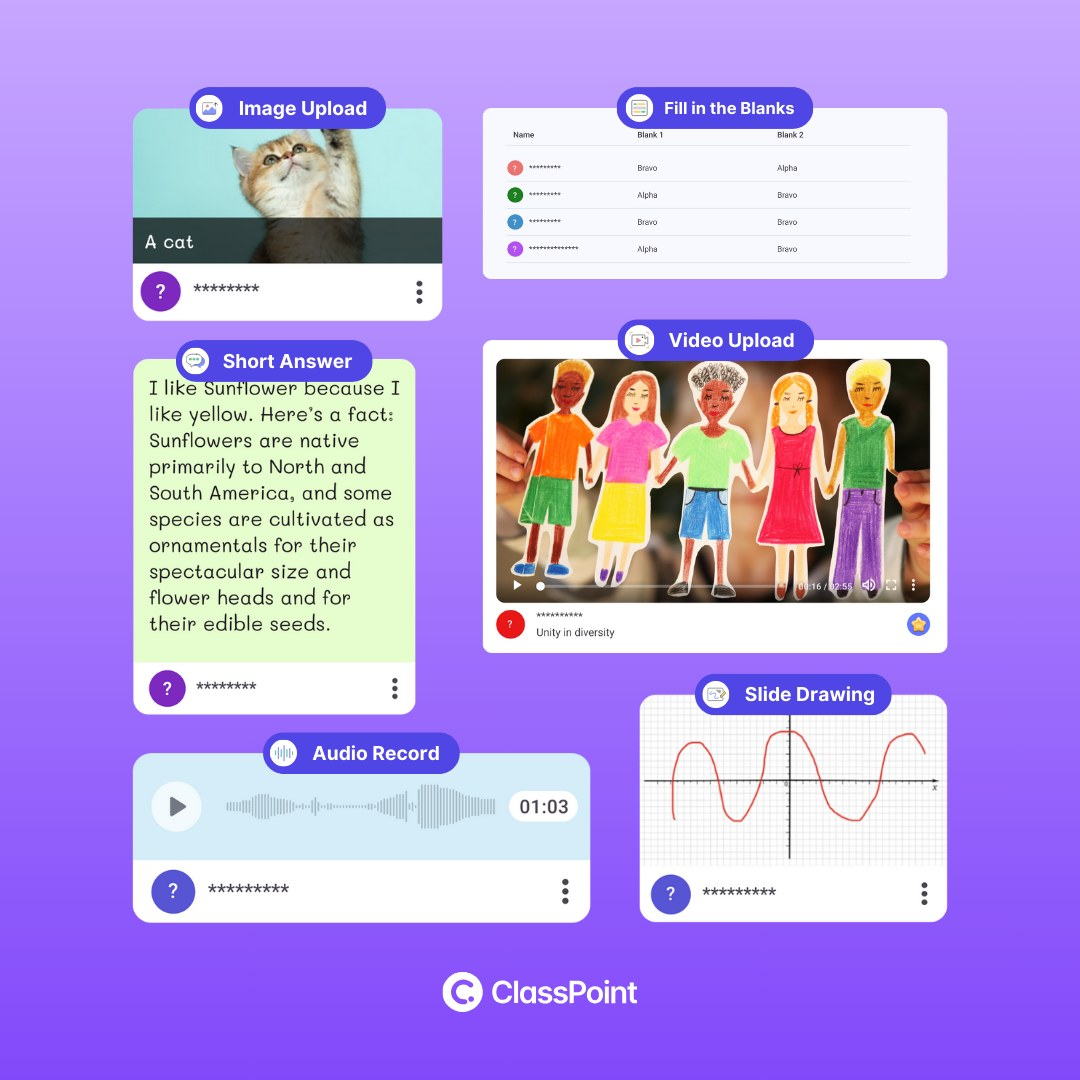6 Powerful Strategies to Engage Shy Students in the Classroom
Engaging shy students in the classroom can be a real challenge. Teachers often struggle to draw these students out of their shells, knowing how vital participation is to their learning and confidence. The fear of speaking up or participating in group activities can hold shy students back, leaving them feeling isolated and misunderstood.
But what if there were simple, effective strategies to help shy students feel more comfortable and involved? In this blog, we’ll explore six powerful techniques that can transform the classroom experience for these students, helping them to engage more fully and grow both academically and socially.
The Importance of Engaging Shy Students in the Classroom
Shy students often go unnoticed in classrooms, quietly absorbing lessons but rarely contributing to discussions or group activities. Their silence can be mistaken for disinterest, yet they hold valuable perspectives that remain unheard unless actively engaged. Drawing these students out is crucial—not just to help them overcome shyness, but to ensure every student has an equal opportunity to participate, learn, and succeed.
The Link Between Teacher-Child Relationships and Shyness on Engagement
The quality of teacher-student relationships plays a crucial role in mediating the effects of shyness on engagement. Close, supportive relationships with teachers can help mitigate the negative impacts of shyness by providing a secure base for shy students to explore and interact within the classroom environment. Teachers who foster emotional connections and create a safe space for participation can enhance the engagement of shy students, allowing them to feel more comfortable in contributing to classroom discussions and activities
Moreover, a study on preschoolers in China found that shyness negatively predicted teacher-child closeness, which in turn positively influenced school engagement. Specifically, children who experienced closer relationships with their teachers showed higher levels of cooperative participation and school liking, while also exhibiting lower levels of school avoidance.
Social and Emotional Benefits of Engaging Shy Students
Engaging shy students has far-reaching benefits beyond academics. Here’s how active participation supports their social and emotional growth:
- Classrooms that provide a safe space for self-expression help increase students’ confidence.
- Students who feel supported and included in discussions have higher levels of self-confidence and social competence.
- Participation helps shy students build essential life skills, including:
- Stronger communication abilities
- Better collaboration skills
- Increased resilience in social situations
- These soft skills are crucial for future success in both professional and personal development.
Addressing Shy Students’ Unique Needs

While participation is critical, it’s important to remember that engaging shy students requires specific strategies tailored to their unique needs. Traditional methods of participation—like speaking up in front of the entire class—may not be suitable for every student. Here are practical ways, applicable to day-to-day, to keep in mind:
- Prioritize a supportive environment: Foster a classroom culture where all students feel safe and valued, encouraging participation at their own pace.
- Be flexible with participation: Offer multiple ways for students to engage, recognizing that not all are comfortable with the same methods.
- Encourage gradual involvement: Allow students to ease into participation, building their confidence over time without pressure.
- Observe and adapt: Regularly assess the comfort levels of shy students and adjust your approach to better suit their needs.
- Balance individual and group work: Mix solo activities with group interactions to accommodate different comfort levels and encourage gradual participation.
6 Strategies to Engage Shy Students in the Classroom with ClassPoint
1. Use Ice Breakers
Ice breakers are a great way to reduce tension and build rapport among students, especially at the beginning of the school year or a new term. These activities create a low-pressure environment for students to get to know each other.
Ice breakers, although as simple as they may sound, require engaging questions for them to be more fun, and interactive. Here are 255 Irresistible Ice breaker Questions for Kids of All Ages to help you get started!
Why do it: Ice breakers promote relaxation by creating shared experiences. They help shy students interact in a structured manner, minimizing the anxiety that comes with spontaneous participation.
How to do it: Start your lesson with an interactive icebreaker using ClassPoint’s Quick Poll and Word Cloud. These tools help create a positive atmosphere and encourage shy students to participate. Ask simple questions like “What did you do on the weekend?” with Word Cloud or “Is today going to be a sunny day?” with Quick Poll to engage everyone and set a positive tone for the day.
ClassPoint enables teachers to engage students with interactive quizzes, slideshow tools, gamification, and AI—directly within PowerPoint. Say goodbye to juggling different EdTech tools; everything you need is seamlessly integrated into PowerPoint!

2. Small Group Work
Shy students often feel more comfortable in smaller settings. Group work allows them to engage with peers without the pressure of speaking in front of the entire class.
Why do it: Working in smaller groups reduces social pressure and gives students the chance to participate in a more intimate and relaxed setting. It allows them to contribute their ideas without feeling overwhelmed.
How to do it: Arrange students into small, balanced groups to reduce pressure and encourage participation. Assign specific roles to each group member to ensure everyone contributes. Provide clear, structured tasks to focus discussions and activities and rotate them as needed.
Additionally, you can create some team building activities, and have the students work on a project. This is helping shy students speak in smaller, safer settings while still contributing to the overall class.

Good thing - ClassPoint has solved the need for a quick, easy, and trusty grouping system with its very own Grouping feature.
Working with ClassPoint’s Grouping

- Set up your ClassPoint class with grouping feature, it offers 2 setting arrangements:
- Manually group. Manually select the individual students you want them to be in a group.
- Auto-grouping. Select the number of students per group and let ClassPoint do the work for you.
3. Encourage Peer Support
Encouraging peer support can help shy students feel that they have someone to turn to. Building a support network among students can foster stronger relationships and more inclusive classroom dynamics.
Why do it: When shy students have the support of their peers, they feel less isolated and more connected. Peer support can build confidence and create an environment where they feel safe to express themselves.
How to do it: You can use ClassPoint’s Fill in the Blanks quiz and pair students up using the grouping feature. Let them work together to complete quizzes, offering peer support throughout the activity. The collaborative nature of this tool encourages students to help each other, fostering a sense of community.

Need help with your next Fill in the Blanks quiz session? We got you covered with our list of 150 Fun Fill in the Blank Game Questions Across Different Categories with a free downloadable template available!
4. Encourage Participation in Different Ways
Not all students feel comfortable speaking up, but that doesn’t mean they don’t have something to contribute. Allowing students to participate in ways that suit them can be key to building their confidence.
Why do it: Providing multiple avenues for participation—whether it’s verbal, written, or through creative expression—ensures that every student has a chance to be heard in a way that feels comfortable for them.
How to do it: With ClassPoint, you can use the Slide Drawing feature to encourage visual participation. Students can draw their answers directly on your presentation slides, adding a creative dimension to participation that doesn’t require speaking up.

Here's our curated list of 5 PowerPoint Slide Drawing Activities that Student Can Do During Your Presentation.
5. Use Anonymous Participation Tools
Sometimes, students are shy because they fear judgment from their peers. Allowing them to participate anonymously can help them share their thoughts without fear.
Why do it: Anonymous participation takes the pressure off students, allowing them to contribute without the anxiety that comes with being singled out. It can also encourage more honesty in their responses.
How to do it: Using ClassPoint, you can set anonymous submissions as you play around question settings of your chosen interactive quiz. ClassPoint allows you to toggle on anonymous submissions for 6 quiz types including Image Upload, Fill in the Blanks, Short Answer, Video Upload, Audio Record, and Slide Drawing.

6. Positive Reinforcements
Recognizing the efforts of shy students, no matter how small, can go a long way toward building their confidence. Positive reinforcement encourages them to continue engaging in the classroom.
Why do it: When shy students are rewarded for their participation, it reinforces the behavior and makes them feel valued. Over time, this can significantly boost their confidence.
How to do it: One sure way to promote positive learning in the classroom is thru rewards. When shy students’ efforts are celebrated and acknowledged, it’s easier for them to come out of their shells. ClassPoint’s engineered gamification system is perfect for rewarding student participation. Even small contributions can be celebrated with virtual rewards, helping to reinforce positive behaviors and encourage further participation from shy students.

Food for Thought
Creating a classroom environment where shy students feel valued and included can significantly enhance their engagement and confidence. Recognizing that participation goes beyond traditional methods allows for more personalized approaches that cater to diverse needs.
By focusing on tailored strategies, teachers can foster a more inclusive and supportive atmosphere, where every student has the opportunity to contribute and thrive. This approach not only benefits shy students but enriches the learning experience for everyone in the classroom.
For more insights on engaging shy students and implementing effective strategies, check out the replay of our webinar on this topic. We delved deeper into practical approaches and shared real-world examples to help you create a more inclusive classroom environment.
Comments
Post a Comment